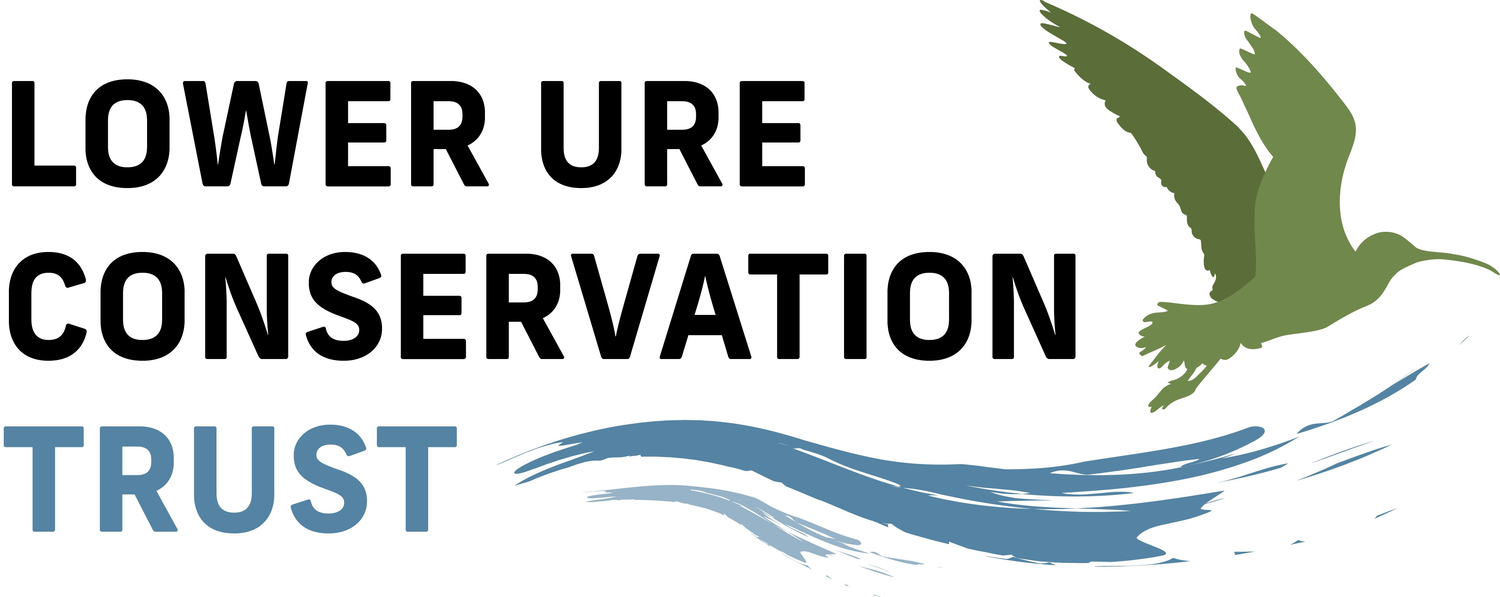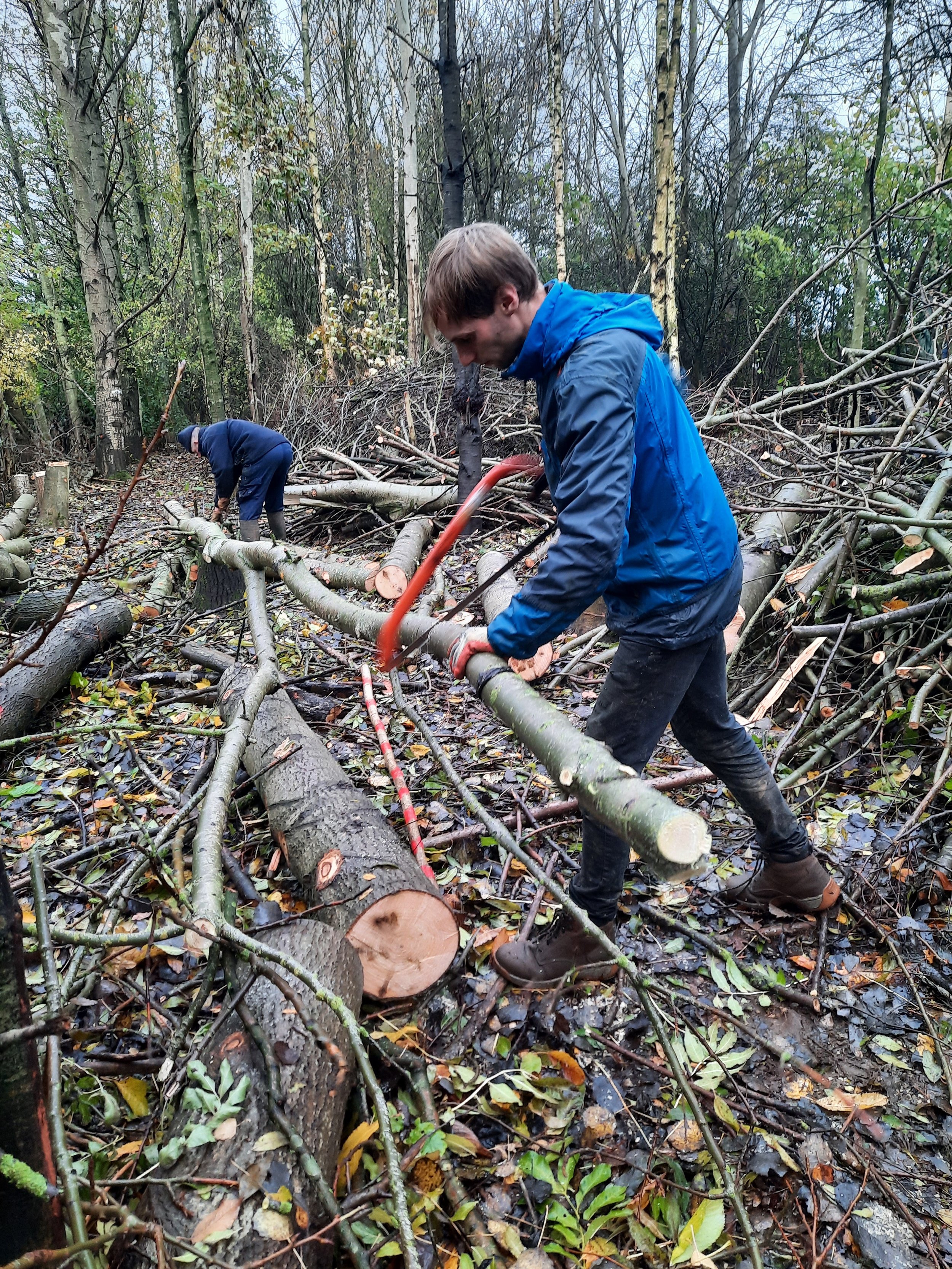Having started with LUCT at the very end of August 2023, I am now 5 months into my internship and it has flown by! I landed at Nosterfield at the end of a whirlwind 11 months during which I lived in 3 different locations in the UK, completing volunteering and short work placements with the RSPB. Without a background in Conservation, and only a couple of days volunteering experience with the Yorkshire Wildlife Trust, I decided to quit my career in data analytics in 2022 and embark on a new career helping with the recovery and protection of nature and wildlife. RSPB placements helped me to rapidly gain experience and qualifications and opened my eyes to how interesting and beautiful taking note of species from birds and mammals to flowers and fungi can be!
Nosterfield seemed like the perfect place to continue my progress and it has not disappointed! As early as during interviews I could tell that LUCT punch above their weight and the depth and breadth of work is incredible. It’s been amazing to get experience of and exposure to all these things. Winter on reserves is often dominated by habitat management and it has been no different at Nosterfield. As you walk the path circling Kiln lake at the quarry site, you’ll notice clearings have been created in the woodland. Six clearings were made in previous years which we have continued to manage, cutting regrowth from tree stumps and nettles, thistles and sapling trees. This process will need to be repeated periodically to ensure a more diverse range of flora has the chance to grow which will attract more butterflies and insects. Some of the clearings have not had regrowth from stumps cut, the aim here is to cut this growth on a rotation in a process called coppicing. To date we have created a further four clearings, using the material from fallen trees to create dead hedges and log piles, both of which create great insect, small mammal, bird and amphibian habitats. We aim to create a further two this year which will enter annual management along with the four already completed.
Staying beside Kiln, you’ll find a section of freshly laid hedging along the causeway. This has created a great new spot to view the waterfowl on Kiln and it has been great to birdwatch while working! This view won’t remain for long as regrowth will shoot up from the hedge in the spring before being redone in several years. Materials we have taken from other sections of this hedge, laid in previous years, have been as stakes and binders in this new section, keeping it neat and tidy in the most sustainable way!
Not all habitat management is as intensive in terms of human power, sometimes animals get involved too! Hebridean sheep can be seen grazing the Silt Lagoon fields over at the main reserve and they are doing a great job at lowering the height of vegetation in preparation for the breeding season of bird species such as Lapwing and Redshank. In a new for LUCT, we have had two Exmoor Ponies in the reedbed at the quarry, they have been busy munching their way through the vegetation and ensuring the watery edges provide good fishing habitat for waders such as Bittern. These projects have allowed me to gain experience in managing livestock infrastructure. We’ve also created a new access point to the Silt Lagoon fields to ensure we can get to the sheep even when the lakes flood our usual route (which we completed just in time for the current high levels!).
LUCT work at several sites owned by councils and parishes and indeed other conservation bodies. A new experience for me has been cutting road-side verges using a rather intimidating looking machine called a BCS mower. Road-side verges are often full of flowers which are great for our pollinating insects but, left unmanaged, can turn into just another area of dense brambles and nettles (thought these aren’t always a bad thing). When we mow these sites we take the cuttings away ensuring the nutrient level of the soil remains low, keeping dominating species at bay. It was fantastic to be involved in the cutting in Farnham (near Knaresborough) in particular. This year was the first time LUCT has worked at Farnham and it contains rare limestone plants such as Kidney Vetch which is the only food plant for the caterpillar of Small Blue butterflies, a species seen at an incredibly limited number of sites in Yorkshire.
Working with the team at Nosterfield has taught me so much already in a short period of time and I am looking forward to the final 3 months of my internship and the new experiences it will bring as the seasons change and so does the focus of our work.

